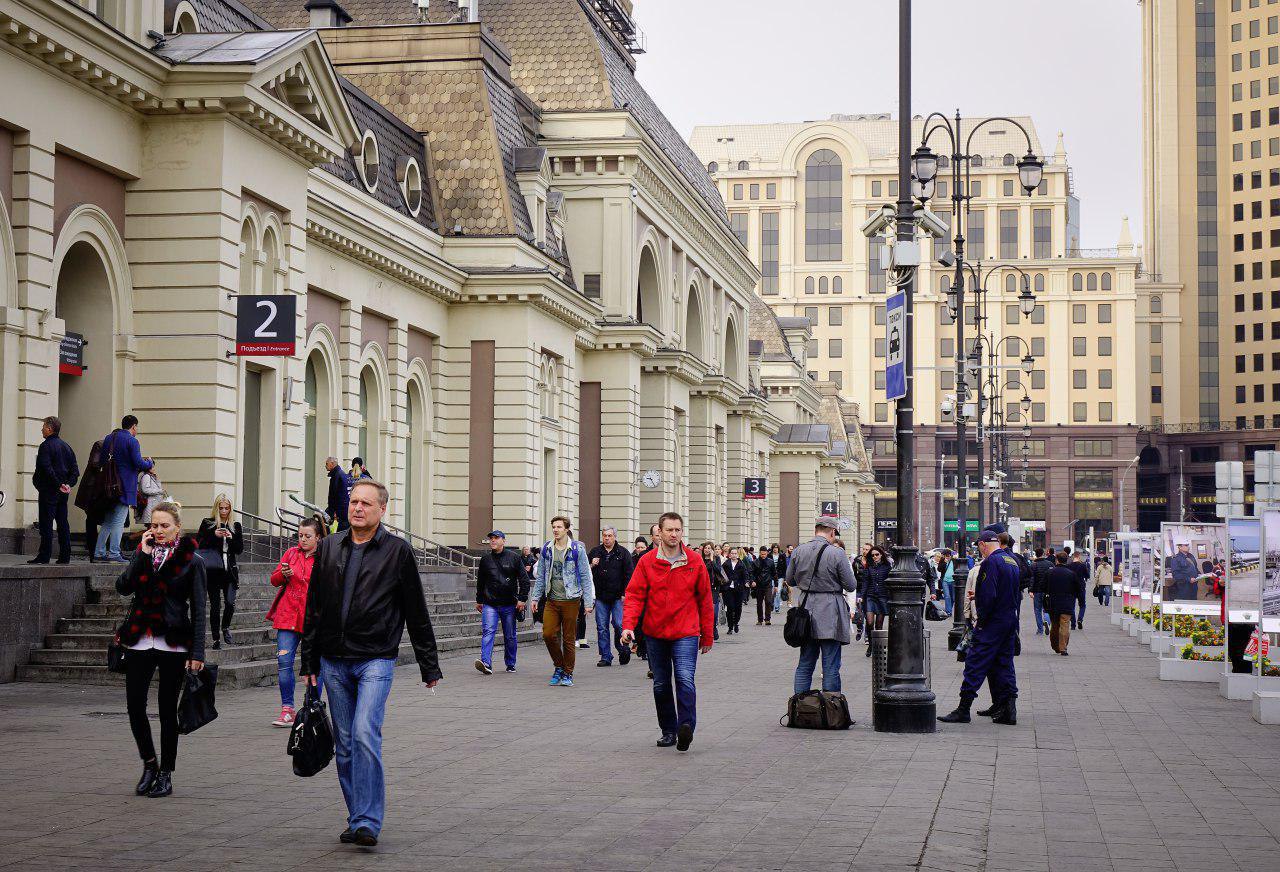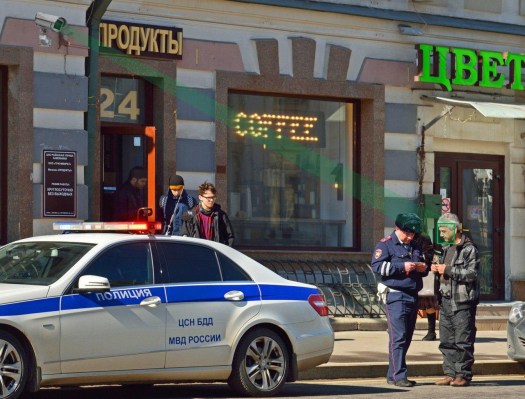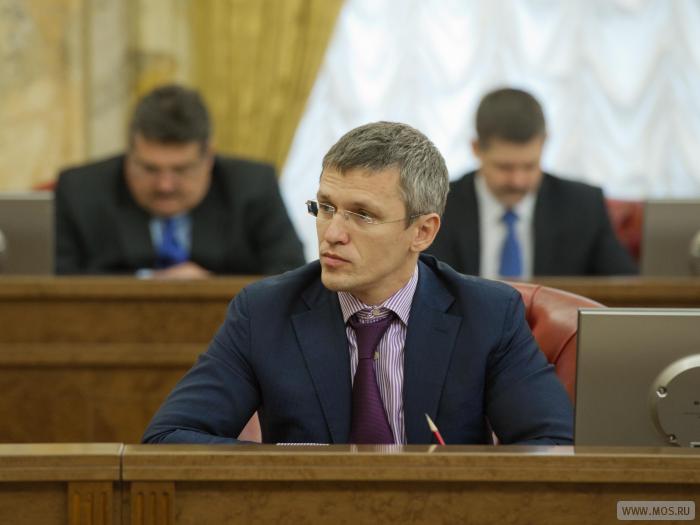Like many cities, Moscow has an enormous network of CCTV cameras, but unlike many cities, thousands of those cameras are now hooked up to a powerful facial recognition system that can track criminals (and trash collectors) wherever they go. The privacy implications are serious, of course, but a large scale rollout like this will help make them part of the public discussion.
The facial recognition system, devised by Russian AI firm NTechLab (previously), has actually been in use since early this year as a pilot program, but is now in official use. I spoke with Artem Ermolaev, CIO of the city’s Department of Information Technologies, about the reasoning behind doing this.
He explained that with over 160,000 cameras in the city’s CCTV network, and five full days of video kept from them at all times, the sheer volume of footage is difficult to navigate.
“The issue is that it takes lots of hours to look through in the archive,” he said. “That’s why we started the project pilot — it helps us organize the video.”
 Facial recognition and city-wide camera networks stoke fears of constant surveillance, and of course those are valid. But this is a rather limited deployment: only two to four thousand cameras can be actively monitored at once. The massive computing power that would be required to tag every face in every frame of the millions of hours of video generated every day makes it prohibitive.
Facial recognition and city-wide camera networks stoke fears of constant surveillance, and of course those are valid. But this is a rather limited deployment: only two to four thousand cameras can be actively monitored at once. The massive computing power that would be required to tag every face in every frame of the millions of hours of video generated every day makes it prohibitive.
So the system works using manual queries. If the police, for instance, know that certain criminal has entered Moscow, they enter the face into the system and activate the cameras he or she is most likely to appear on. The system runs through the footage of those two thousand cameras and monitors them going forward for that specific face. When there’s a hit, police are alerted.
Ermolaev said that this happened right away when they uploaded the most wanted database to the system: six of them were arrested the very next day.
A person seen committing a crime and under investigation, as well, can be tracked in reverse from the location of the crime to wherever they came from, perhaps even their evil lair. Someone witnessing a crime can call in, at which point the footage from that and nearby cameras are temporarily exempted from the five-day limit.
But while these high-profile applications can be and have been useful, Ermolaev seemed more sanguine about the more prosaic applications: a lost child or confused older person, for instance, can be found in a moment’s time rather than diverting manpower to painstaking search.
And it could add a layer of accountability for city services like police and garbage collectors — no saying “oh, we cleaned that street and someone put their garbage out later.” Individual civil servants can be tracked to make sure they’re doing their jobs.
Of course, you could also track just about anyone else. Ermolaev, however, pointed out that the data is largely depersonalized: “It’s all hashcodes, not someone’s family name or something.”
He was also careful to note that access is strictly controlled; every request is logged, users can’t reach outside their sandbox (e.g. a waste management official can’t get at criminal data), and all data is kept secure in a government-run storage facility. A facility that seeems to be the Moscow DIT’s pride and joy, with 20 petabytes of space right now for this and other official purposes.
The cameras aren’t all government-owned; in fact, you could put one up outside your apartment and add it to the network if you wanted. And the fiber over which the video runs is commercially owned; it was deployed both to support the CCTV network and provide internet connectivity to end users. (The “dig once” principle in action.)
The official adoption of the facial recognition system marks a milestone, but it’s still very limited, both in scope and capability.
“There are two main challenges now,” Ermolaev said. “How can we use these analytics on all cameras? And we need to have the system understand not only humans, but objects.”
The former both to increase effectiveness and reach, the latter to add the ability to monitor for more problems than obvious ones like known criminals.
Certainly having a system like this requires one have a significant amount of trust in the government to operate it effectively and responsibly. Whether Moscow and other cities taking this technological tack do so is yet to be seen, and when they do or don’t it will provide guidance for the next generation. In the meantime, the benefits are there for the taking.


